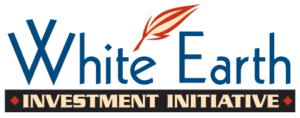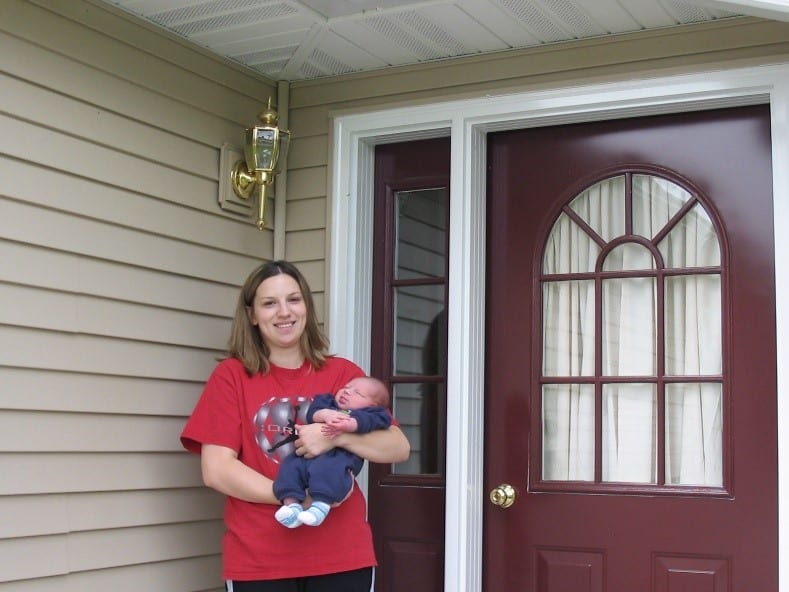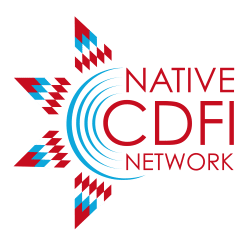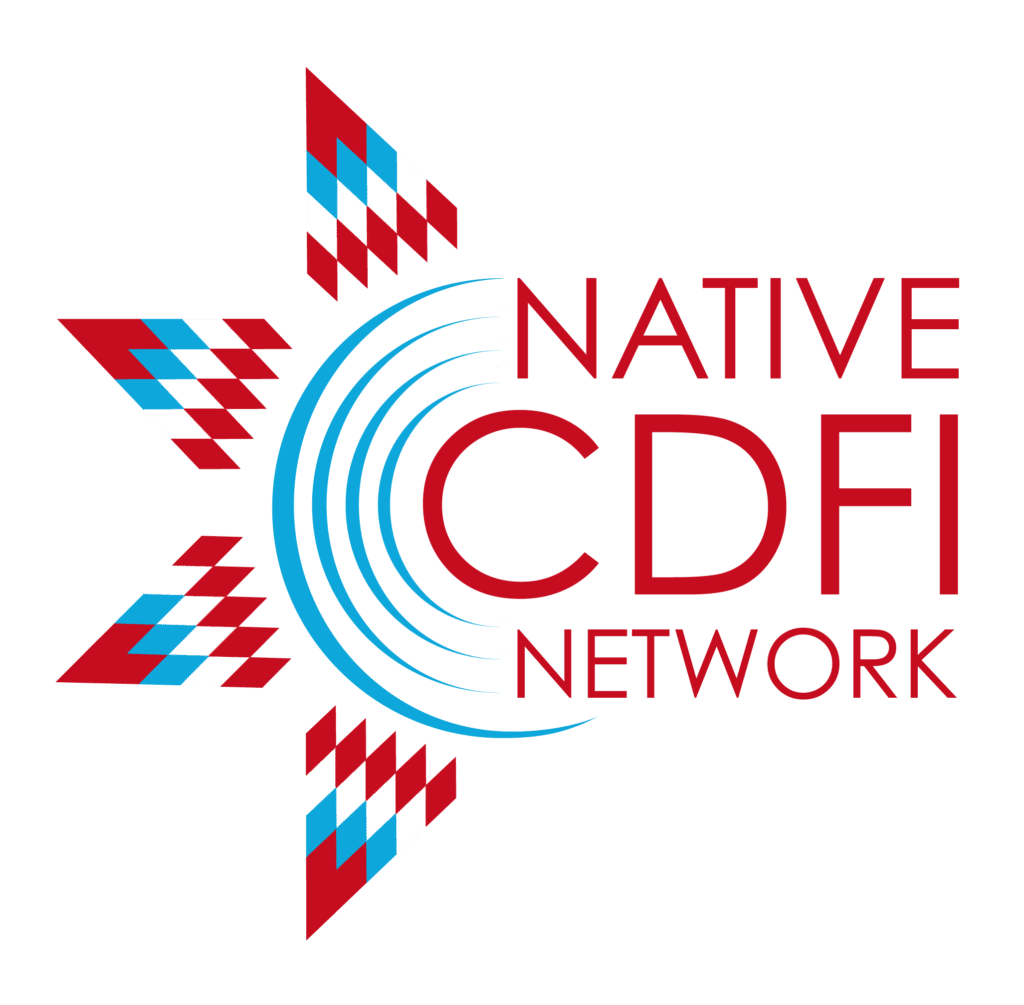
Prior to becoming chief executive of MMCDC and WEII, Nelmark served as MMCDC’s Director of New Markets Tax Credit Financing for 15 years. Originally from Illinois, she currently serves on the board of the Citizen Potawatomi Community Development Corporation, and she previously served six years on the Board of Directors of the Opportunity Finance Network (serving as OFN’s Board Treasurer and Audit Committee Chair for part of that time). She also serves on the New Markets Tax Credit Coalition Board and Executive Committee.
In this uplifting conversation with NCN, Julia shares the evolution and growth of both MMCDC and WEII and stresses the importance of relationship building and information sharing between Native CDFIs.
NCN: Greetings Julia, it’s good to have you with us today. Welcome.
Nelmark: Thank you. It is great to be here.
NCN: Why do you do what you do? How and why did you come to lead the Midwest Minnesota Community Development Corporation (MMCDC) and its subsidiary, the White Earth Investment Initiative (WEII)?
Nelmark: I actually did not go looking for this work. I spent 15 years working in accounting, finance, and planning areas for a few manufacturing companies, and I knew very little about nonprofit work. I learned about MMCDC from a prior company I worked with and then came to work here and found that spark that had been missing. I get paid to help people, and that adds so much personal satisfaction. This work fits in with how I was raised in terms of helping others in any way needed. I’m still here after 18 years and enjoying every minute of it. I ran MMCDC’s New Markets program for 15 years, during which I was able to work with several tribal or Native businesses throughout Minnesota and also in other states. Soon after I became MMCDC’s President near the end of 2018, I also then became the White Earth Investment Initiative CEO. Our organizations are rather complex. We’ve got a number of products and services across a wide area, particularly because we’re rural organizations. We view our company first as a business that also is not for profit, meaning we don’t maximize profit, but we need some profit to support our work for us to be sustainable and continue helping communities and businesses grow, and improve the lives of individuals as our mission says. We need to ensure we have the financial strength to do so and to be able to add new programs and services when they’re needed.
NCN: You mentioned that your setup is a bit complex between MMCDC, the parent organization if you will, and then WEII, its subsidiary. Can you briefly describe the relationship between those two and how they work hand in glove?
Nelmark: Sure. MMCDC was started 51 years ago in the original wave of community development companies, and in that formation focused on seven counties in northwest Minnesota. The White Earth Reservation was included, and MMCDC found over the years that what works for most areas does not necessarily work on reservations. And so a strategic objective 20 years ago was set for MMCDC to invest $20 million over 20 years on the White Earth Reservation. Part of that strategy then was to form the White Earth Investment Initiative, so it was formed as a separate nonprofit. Both are 501(c)(3)s, and both have been federally certified as CDFIs, with the Initiative as a Native CDFI, as 80% of its board and half of its staff are Native Americans.
“CDFIs are mission-based lenders, and we have a lot of folks at federal agencies setting policies and programs for CDFIs that have never been lenders and don’t understand that aspect. Even more with Native CDFIs, many don’t understand Native people and their history, so they need to listen.”
NCN: As you know, there are more than 70 federally certified Native CDFIs across the country and many more “emerging” CDFIs following in their footsteps. Why did Native communities feel it necessary to create CDFIs, and what fundamental role do they play?
Nelmark: There are many, varied CDFIs focused on different areas throughout the country geographically and programmatically. Native CDFIs are needed to bring that special awareness of Native community needs. MMCDC realized years ago, as I mentioned, that what works elsewhere doesn’t necessarily work on reservations. And so with the formation of the Initiative for us, for example, it brought in a much deeper focus on understanding the Native community, working with focus groups, community engagement, getting to know people, establishing relationships. That perhaps is one of the biggest factors that for-profit companies don’t understand about the Native world – that we have to establish those relationships, get to know the communities, become part of them, and learn what their needs and desires are, not what we think they are.
NCN: What do policymakers, philanthropy, and the general public who aren’t familiar with Native CDFIs need to understand about them and the difference they make?
Nelmark: I think there is a more fundamental gap than just understanding Native CDFIs. Most people, including policymakers, don’t really understand Native Americans and their cultures, and even fewer understand the history and how reservations came to be. With about 80% of the U.S. population living in urban areas, rural reservations tend to be out of sight for most people. So policymakers need to learn about the people, the stories, visit the communities to see and then start to understand. They need to ask what is needed, not dictate. Not to sit in Washington, D.C. and say, “We think you need this.” Federal agencies are notoriously poor at directing programs they’ve never been a part of. CDFIs are mission-based lenders, and we have a lot of folks at federal agencies setting policies and programs for CDFIs that have never been lenders and don’t understand that aspect. Even more with Native CDFIs, many don’t understand Native people and their history, so they need to listen.

Nelmark: So the Initiative was formed with four of the five board members coming from the White Earth Nation. We still have one of those founding board members on the Initiative’s board, which provides a lot of background and experience at a somewhat higher level than staff, as well as tools, advice, and oversight. And then half of the staff are Native American from the White Earth area and another grew up on the reservation, although she’s not Native. That deep understanding of the community and belonging to a community is really how we get those relationships going, work at them, keep them going, ask questions, answer questions, and visit, learn, and listen to what the needs are. We provide several different services. Business lending helps to bring economic growth to Native-owned businesses on and off the reservation, helping to create jobs in the communities. Consumer lending helps individuals meet a range of their personal needs from $200 to $10,000. Free tax prep, or our VITA program, helps people access federal returns and credits, and we’re up to almost $1 million in refunds each year. And then financial counseling helps people to improve their personal financial strength with homebuyer education and helping them prepare to buy a home. All of this leads to asset building as people are ready for it and want it on their own terms and with a specialized focus on their particular situations and needs, while also working outside of the typical lending parameters.
NCN: WEII offers a wide range of products and services to its clients. While by all accounts all of them have positively moved the needle to one degree or another, is there one that you are particularly proud of and why?
Nelmark: Every one of our programs is essential to meeting the needs of the individual and the community as a whole. But I would say our lending flexibility. It helps provide access to funding that wouldn’t otherwise be possible, which tends to be primarily for individuals through consumer lending, who may have no or low credit scores. Also, our commercial lending for small businesses that often have low collateral and little working capital. These individuals are business owners that otherwise wouldn’t have access to that funding. It takes money to make money. Our lending staff, led by Audra Tonihka, work with and get to know our customers, they get to know us, and we build that experience and help them expand their opportunities over time.
NCN: WEII is celebrating its 20th anniversary this year, making it one of the country’s oldest Native CDFIs. What lessons can other, younger CDFIs learn from its two decades of experience serving Native communities?

Nelmark: Native CDFIs are at a disadvantage just due to how young they are relative to others. A lot of the competitive funding opportunities require a track record of experience. If you’re playing with a field of companies who have been doing this for decades, it’s hard to break through. So it’s critical to learn from others. Take advantage of the expertise from other CDFIs, whether they be Native or non-Native, and soak that up. If we listen to ideas that worked for others and see how we can adapt them to our communities’ needs, we can get going much faster. The sharing at the Native CDFI Network, OFN [Opportunity Finance Network], the Oweesta conferences – those are all wonderful. They help build both the personal connections and provide more ideas, more things you can borrow. Plagiarism is okay in community development work! Learn from others’ successes and mistakes and see what might work in your organization. The broader CDFI community was in a similar place not so long ago, and they’re usually willing to provide ideas, mentoring, and support for newer CDFIs. It’s just a good reminder not to be afraid to go ask them for advice and mentoring. Many would be glad to provide it.
NCN: WEII has helped a great number of people. Is there an individual client success story that really sticks out to you, that really inspires you.
Nelmark: We had a really cool one that we featured in our annual report a few years ago. The company is called Bald Eagle Erectors and it is a Native-owned steel erection company that helped build the Vikings NFL stadium in Minneapolis. We had a time-lapse video of them putting up the steel for the stadium that we showed at our annual meeting that year. The owner credits the White Earth Investment Initiative for helping him reach his goals of owning his own office building and yard for his company. He’s now giving back to many other Native-owned businesses, helping to mentor them and connecting them to the Minnesota American Indian Chamber of Commerce and other groups he’s had success with. He’s now looking to transfer his company on to the next generation – some relatives, some workers – to help them build up their asset strength as well.
NCN: From your perspective, what do Native CDFIs like yours need to realize their full potential? What support do they need to achieve their missions and maximize their impact?
Nelmark: Money’s an easy answer. But more specifically, technical assistance, including models and templates to quickly build critical expertise in terms of policy, lending, and other areas. That helps springboard these programs, getting them up and running much faster than they otherwise could. So technical assistance is a big part of it. Assistance with getting to scale through grant dollars for both operational support as well as loan capital, hopefully without too many compliance requirements. And then the freedom to carry out the work as the communities want and need it – not as someone far away thinks it should be done, which often seems to happen. We also need staff to build and grow the programs, which takes more money to fund them. We always need that support and we’re certainly working to get to a more self-sustainable level, but it takes some size, takes some scale to get there. In the meantime, we compete for grants and help fund our programs that way. The mentoring from more-established organizations is also helpful and that is available. But again, dollars are the biggest one.
To learn more about the White Earth Investment Initiative, please click here.

